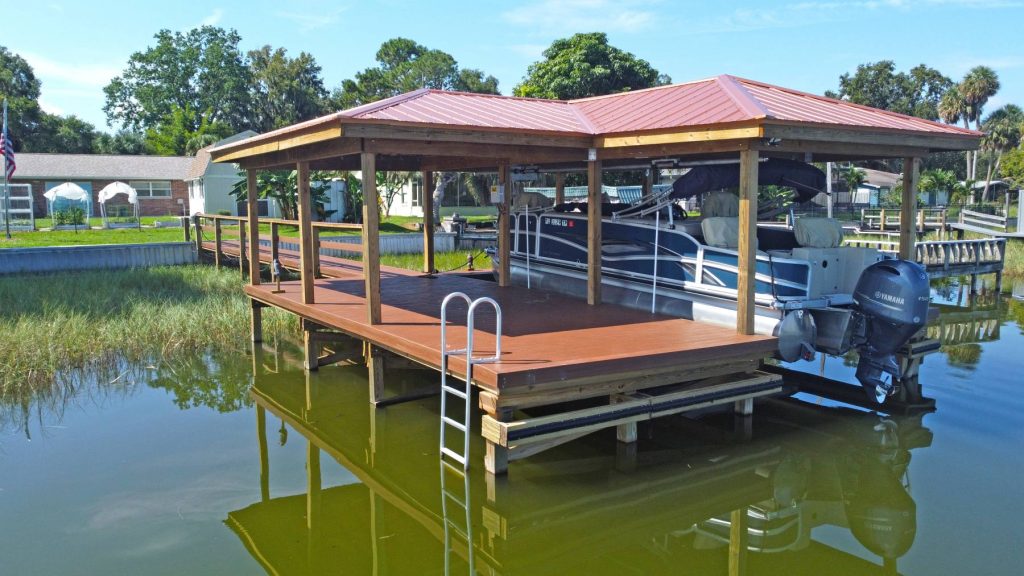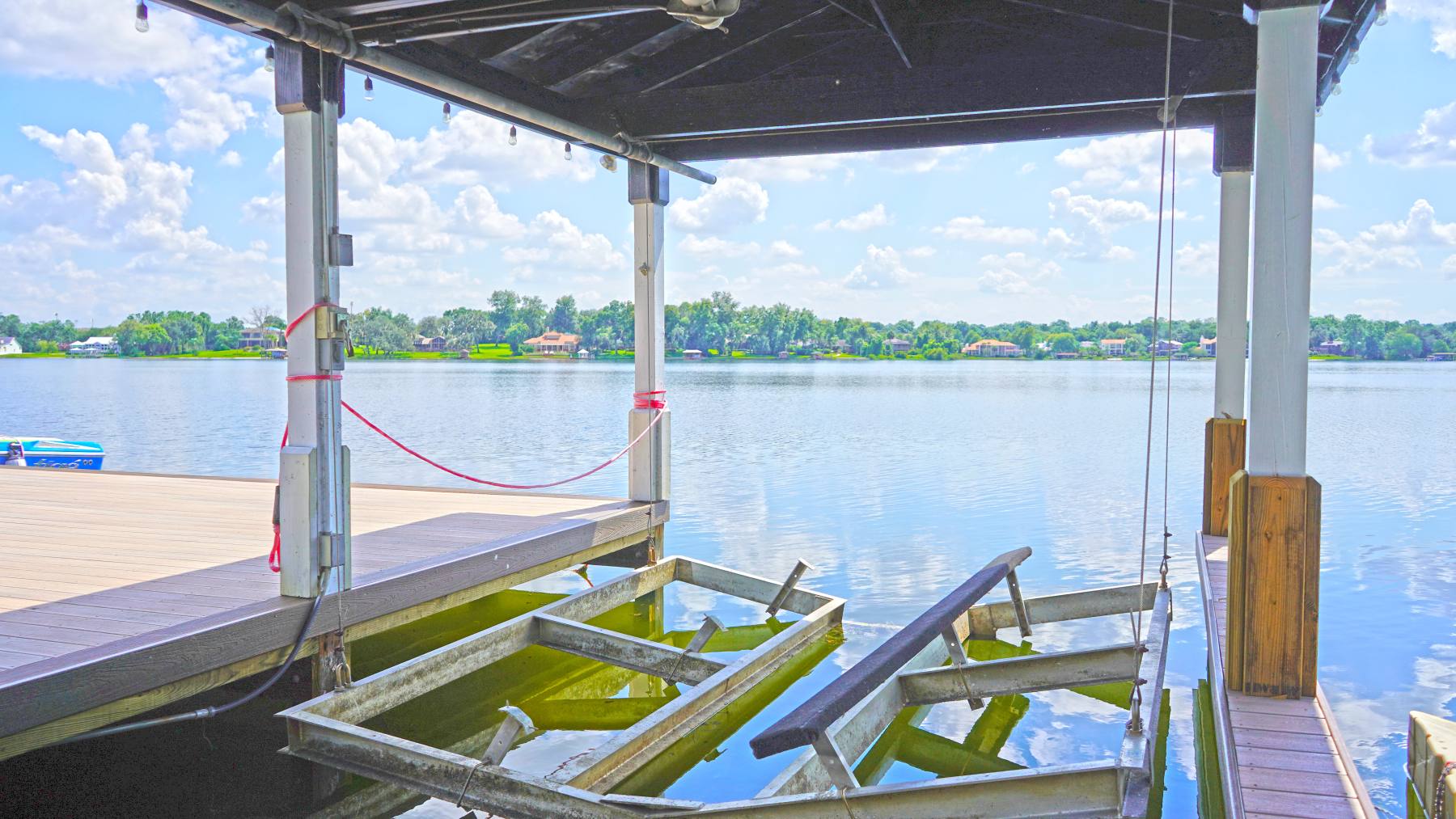Waterfront living offers breathtaking views and countless opportunities for relaxation and recreation. However, it also exposes your property to the harsh elements of water, which can take a toll on structures like docks. To ensure the longevity, safety, and functionality of your dock, it’s crucial to understand the importance of dock waterproofing. In this article, we’ll explore the significance of waterproofing for docks and provide insights into various methods and materials to protect your waterfront investment.
1. Dock Waterproofing: What Is It?
Dock waterproofing is the process of applying protective measures to prevent water infiltration into the structure’s materials. It serves as a barrier against moisture, preventing damage and deterioration caused by exposure to water, humidity, and weather.
2. Importance of Dock Waterproofing
Dock maintenance and waterproofing go hand in hand. Here’s why it’s so important:
a. Extending Dock Lifespan
By waterproofing your dock, you can significantly extend its lifespan. Water can penetrate wood, metal, and concrete, leading to rot, rust, and decay. Waterproofing prevents these issues, saving you from costly repairs or premature replacement.
b. Preventing Water Damage
Unprotected docks are vulnerable to various forms of water damage, including wood rot, rusting of metal components, and erosion of concrete. These issues not only compromise structural integrity but also pose safety hazards.
c. Ensuring Dock Safety
Waterproofing enhances dock safety. Moisture accumulation can lead to slippery surfaces, increasing the risk of accidents and injuries. A waterproofed dock provides a secure and slip-resistant platform for activities like fishing, boating, and swimming.

3. Waterproofing Solutions for Waterfront Structures
Several waterproofing solutions are available for docks, catering to different materials and preferences:
a. Waterproof Coatings: Waterproof coatings, such as sealants and paints, create a protective barrier on the surface. They are commonly used for wood docks and offer cost-effective waterproofing.
b. Waterproof Membranes: Membranes are sheets or rolls of waterproof material that are applied to the dock’s surface. They are ideal for flat or gently sloping surfaces and can be used on various materials.
c. Professional Services: For a comprehensive and long-lasting solution, consider professional dock waterproofing services. Experts can assess your dock’s specific needs and apply the most suitable waterproofing methods and materials.
4. DIY Dock Waterproofing
While DIY dock waterproofing can be cost-effective, it’s essential to choose the right materials and follow proper techniques. Consult with experts or refer to manufacturer guidelines for the best results.
5. Waterproofing for Wood Docks
Wooden docks are particularly susceptible to water damage. Waterproofing for wood docks often involves sealants, stains, or specialized wood treatments that protect against moisture and UV rays.
6. Waterproofing for Marine Environments
If your dock is in a saltwater or brackish environment, it’s crucial to choose waterproofing materials and techniques that can withstand the corrosive effects of saltwater.
7. Cost-Effective Dock Waterproofing
Investing in dock waterproofing is a cost-effective way to preserve your waterfront asset. Regular maintenance and waterproofing are far more affordable than dealing with extensive repairs or replacement.
The importance of dock waterproofing cannot be overstated. It safeguards your investment, prolongs the life of your dock, and ensures a safe and enjoyable waterfront experience for you, your family, and your guests. Whether you opt for DIY methods or professional services, waterproofing your dock is a wise decision that pays off in the long run, protecting both your property and your peace of mind.

